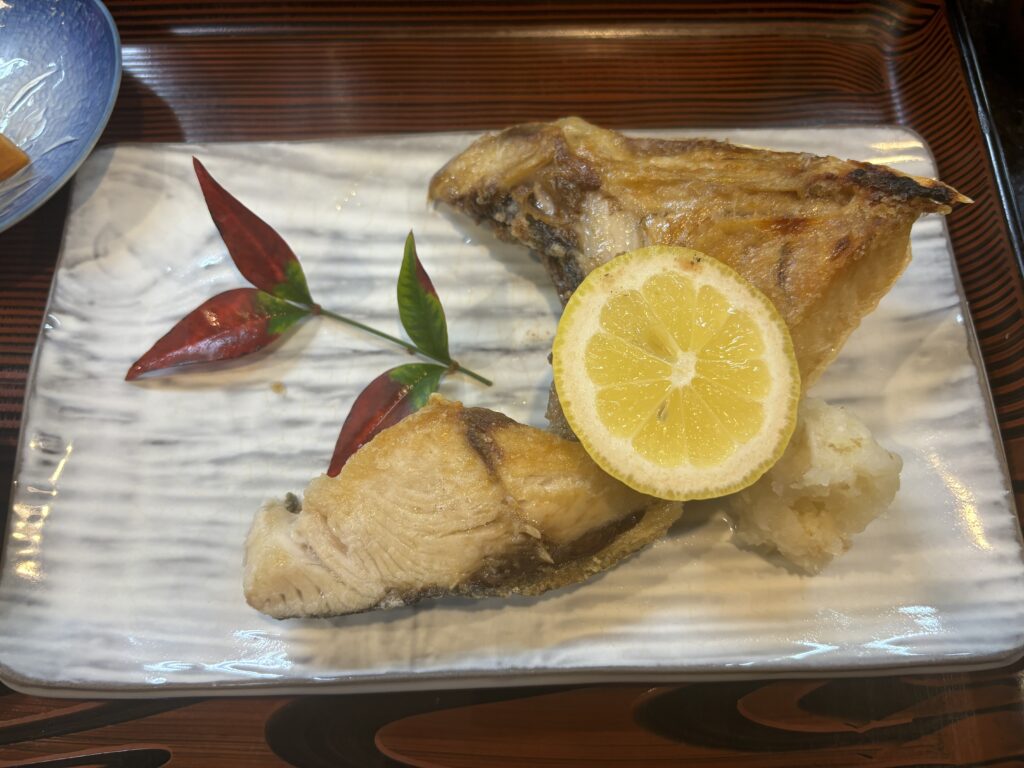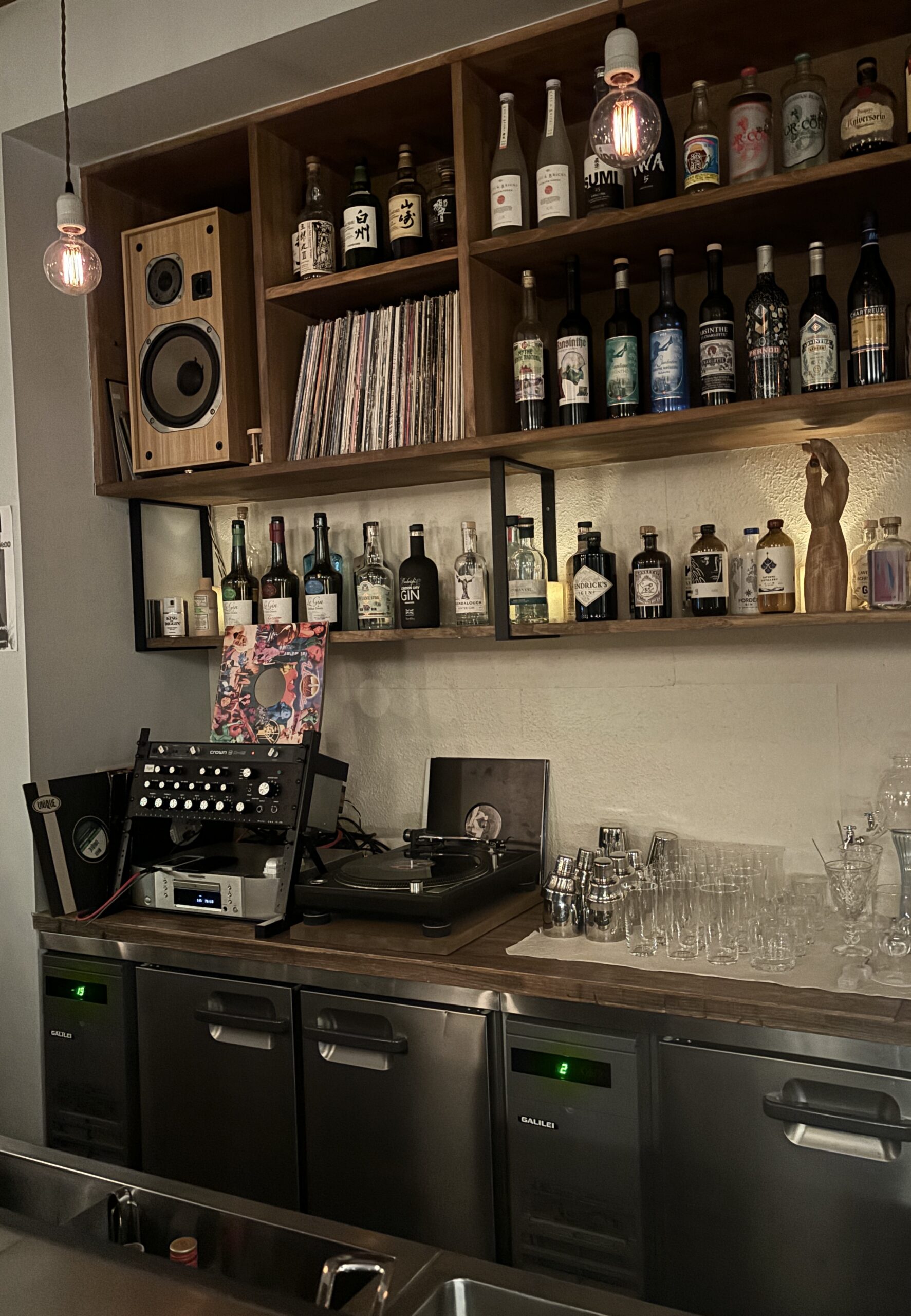I came to Toyama this time. The region is located on the opposite side of the coast of the Pacific Ocean and faces the Japan Sea, sometimes referred to as the backside of Japan. The front side is, of course, the array of cities along the Tokaido line, and they advanced much faster than the other side in economic development from the 20th century. Before the advancement of the railway network, people relied solely on ship transportation. The ports located in the coastal line of Japan seas flourished with the trade. Even today, you can see traces of the golden time in such port towns, such as the houses of wealthy merchants who succeeded in their businesses, which now look desolate. However, the expansion of the former Nagano Shinkansen came to lighten up Toyama and the entire region called Hokuriku. It pierces through it, reaching Fukui prefecture, and soon will be directly connected to the Tokyo terminal. So, the area is now expecting more travelers from the east side of Japan and abroad, too.

Every time I come to the cities in the countryside in Japan, I notice two things. First, it is similar to the current modes of transportation in major cities like Tokyo or Osaka. You are welcomed by the renewed station buildings with a fancy modern style capable of meeting all sorts of needs by visitors coming from outside. Eatery spaces, restaurants specializing in local foods, and souvenir shops, you can name it. They also serve the stuff we are familiar with; coffee shop chains like Starbucks are always there to make you feel at home. Once you walk out from the station building to the outside, the town you see in front is somewhat familiar to what you see in your hometown; you might have come to take a long trip, but it does not mean to see things so differently. You will know that it is not the longer-distance travel that makes your experience more unique.

But here is another thing that we must take notice of. You come through the frontal wall of that familiar image of the city lying before you and step toward it. Go through streets and pass alleys to reach deep inside the city; you will come to see what is inside the town. It would be best to be patient when observing and taking side alleys from the main streets; there is always something interesting. Unique features of the local town gradually show up as you walk through, and here is one nice bar I found here in Toyama called INABAR.

The owner who runs the bar used to work in Tokyo and acquired his style of serving, making original cocktails, and the elegant interior he has built through experience in various industries. The music coming from the vinyl raps the bar counter with a slow tone and creates a cozy atmosphere. The scent of spices he cooks in the mini-kitchen behind the bar counter also helps you relax and soak yourself into the deepness. So I asked him to prepare me a cocktail with spices in a hot drink. I wanted a good rest to prepare for the next day, so it was perfect that I dreamed he designed it with red wine (which I forgot to take a picture of.) It was Thursday of the week, and I learned that most of the bars close on Thursday; that probably was why I did not see any guests while staying there. It was a tranquil night, but I enjoyed having an excellent time in the bar, as it often gets crowded with people when you are drinking in a bar in Tokyo, especially now we are in the season to have end-of-the-year parties with your clients, colleagues, or friends. I left the bar with a few drinks to try, all good and returned to the hotel satisfied. The winter season has not yet come, but the weather forecast told them they might have snow the following weekend. Luckily, I did not need to walk on the snowy streets.
Share via:
